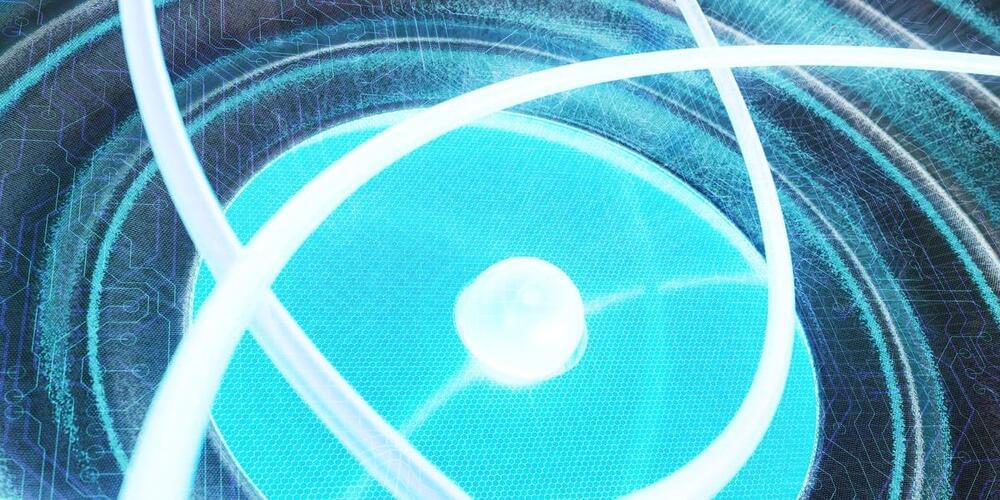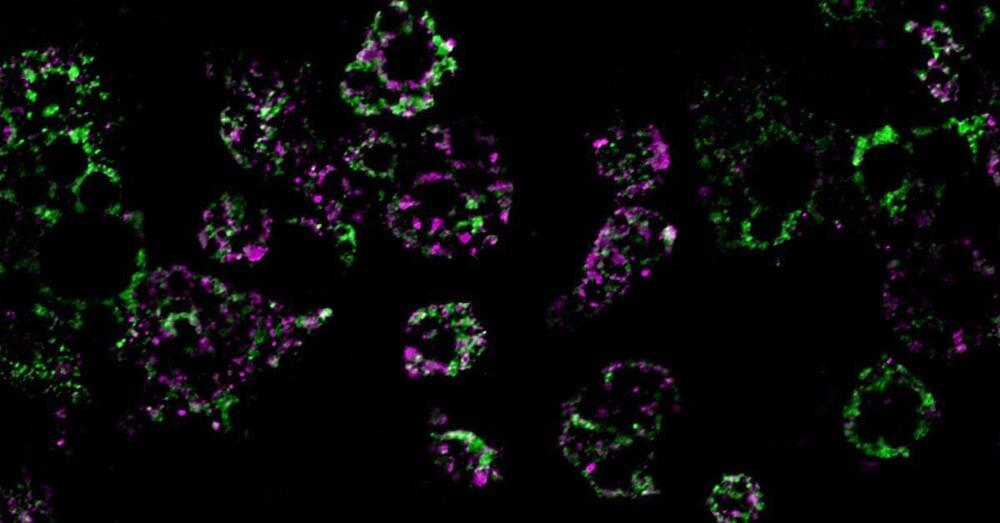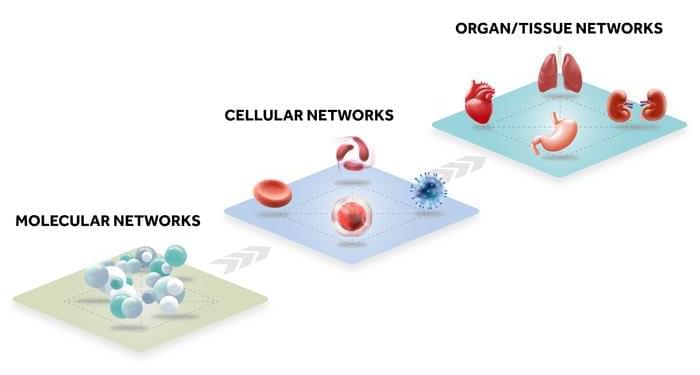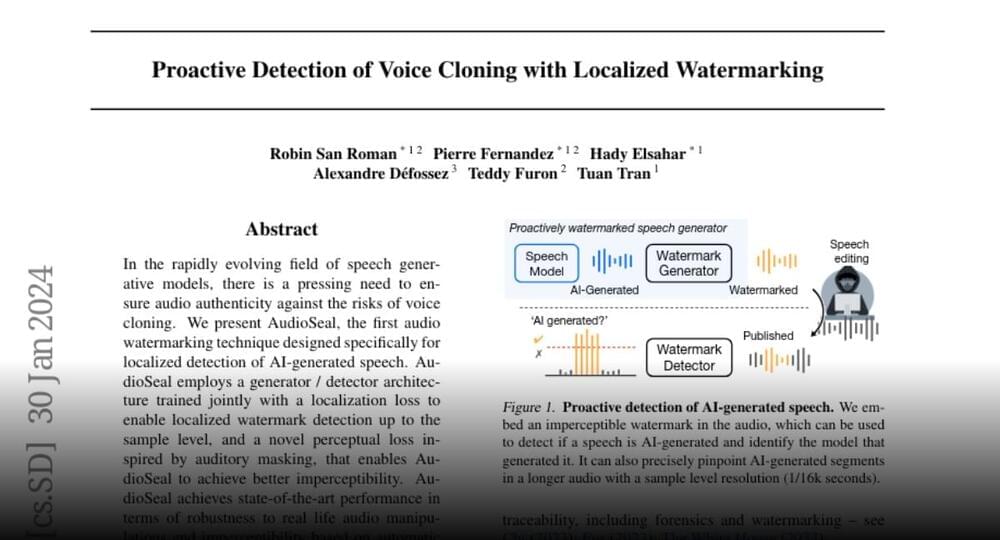Why is Adam the most popular optimizer in Deep Learning? Let’s understand it by diving into its math, and recreating the algorithm.



Guardian angels.
Film de Wesley Barryet Genre : Science-FictionDurée : 1h24Avec Dudley Manlove, George Milan, Don Doolittle A la suite d’une guerre nucléaire catastrophique, l’humanité a créé une race d’androïdes à la peau bleue pour l’aider à la reconstruction de la civilisation. Bientôt, les robots deviennent plus intelligents et plus humains. Afin d’enrayer leur évolution et de préserver leurs propres règles, un groupe de fanatique appelé “L’ordre de la chair et le sang” est créé. Les robots sont-ils vraiment à considérer comme l’ennemi de l’Homme ou bien sont-ils son dernier espoir?



How Obesity Dismantles the Powerhouse of the Cell: A new UC San Diego School of Medicine study in Nature Portfolio (Metabolism) sheds light on how obesity affects our mitochondria, the all-important energy-producing structures of our cells.
UC San Diego researchers found that when mice were fed a high-fat diet, mitochondria within their fat cells broke apart and were less able to burn fat, leading to weight gain. They also found they could reverse the effect by targeting a single gene, suggesting a new treatment strategy for obesity.


TikTok built its empire off popular music — but now it’s losing access to a ton of it.
In a statement, Universal Music Group said it has chosen to “call time out on TikTok” to pressure the social network for better rules on artificial intelligence, online safety, and artist compensation for its roster, which includes such luminaries as Taylor Swift, Drake, and BTS.
“Today, as an indication of how little TikTok compensates artists and songwriters, despite its massive and growing user base, rapidly rising advertising revenue and increasing reliance on music-based content, TikTok accounts for only about 1 percent of our total revenue,” the statement reads.

